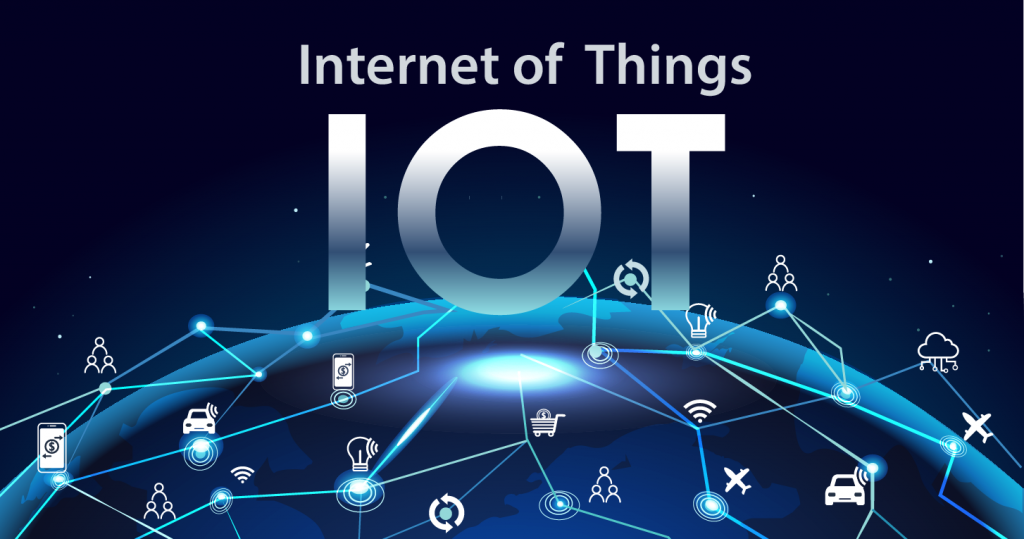Driven by the vigorous development of China's economy and the rise of e-commerce, logistics loading and unloading in China has achieved rapid development in the past few decades. However, there are still many challenges that need to be addressed in order to further improve the efficiency and effectiveness of logistics handling in China.
One of the main trends in the future development of logistics transportation in China is the adoption of advanced technologies such as artificial intelligence (AI), Internet of Things (IoT), and robotics. These technologies have the potential to completely change the way logistics is handled by improving automation, reducing labor costs, and improving efficiency and accuracy.
For example, artificial intelligence can be used to optimize delivery routes, predict demand patterns, and improve inventory management. The Internet of Things can help track and monitor goods in real-time, improving the visibility and transparency of the supply chain. Robotic technology, including automated guided vehicle (AGV), can help realize the automation of material handling and transportation, reduce the need for manual intervention and improve speed and accuracy.

Another important trend is the integration of logistics processing with other industries, such as manufacturing and retail. By collaborating more closely, these industries can optimize their supply chain operations and reduce costs. For example, manufacturers can work with logistics suppliers to simplify their transportation and delivery processes, while retailers can work with logistics suppliers to improve their inventory management and order fulfillment.
Sustainability has also become an increasingly important consideration in the development of logistics transportation in China. With the increasing attention of the country to the environment, logistics companies are exploring new methods to reduce their carbon footprint, such as using electric or hybrid vehicles, optimizing transportation routes, and implementing green logistics practices.
Finally, the future development of logistics transportation in China also needs to focus on improving the quality of services provided to customers. With the continuous development of e-commerce, consumers have increasingly high requirements for delivery speed, accuracy, and convenience. Logistics suppliers need to invest in technologies and processes that provide a better customer experience, such as same-day or next-day delivery, real-time tracking, and flexible delivery options.

In summary, the future development trend of logistics in China should focus on adopting advanced technology, integrating with other industries, promoting sustainable development, and improving customer service. By doing so, China's logistics processing can continue to develop and meet the constantly changing needs of the country's economy and consumers.